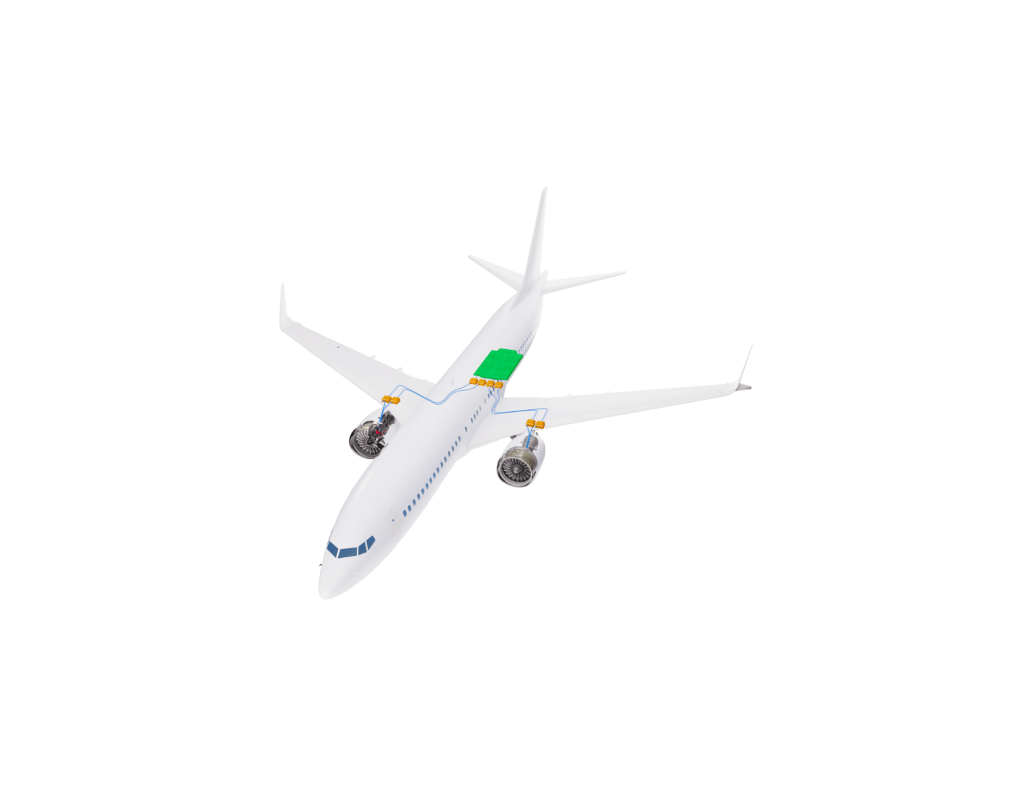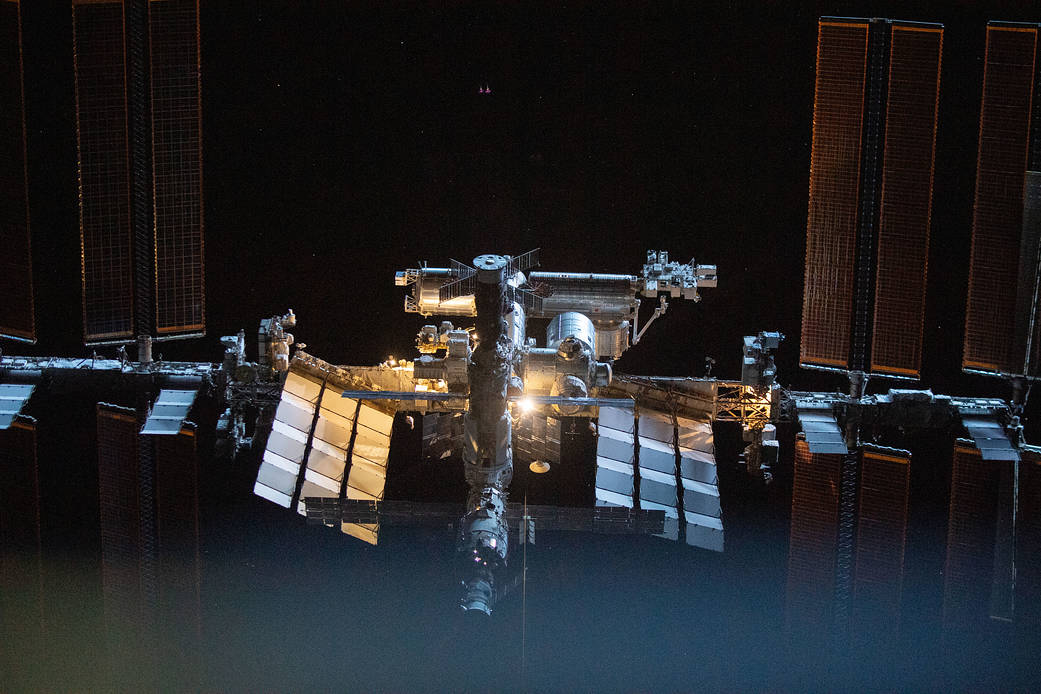When the Axiom Space Mission 1 (Ax-1) arrives to the International Space Station, it will be the first mission with an entirely private crew to arrive at the orbiting laboratory.
It represents both a culmination of NASA’s efforts to foster a commercial market in low-Earth orbit and a beginning of a new era of space exploration that enables more people to fly on more kinds of missions.
“Axiom-1 is more proof of what has become increasingly clear: This is the golden era of commercial spaceflight,” said Administrator Bill Nelson. “NASA’s partnership with industry through the commercial cargo and crew programs – and now commercial destinations – has been essential to the continued development of a thriving commercial space sector. As a result of collaboration with NASA, many of our commercial partners are expanding their customer base beyond our agency, experiencing increased demand, and creating more high-paying jobs across the country.”
Ax-1 crew members Michael López-Alegría, Larry Connor, Mark Pathy, and Eytan Stibbe will fly to the space station aboard SpaceX Dragon Endeavour on a flight-proven SpaceX Falcon 9 rocket from Launch Complex 39A at NASA’s Kennedy Space Center in Florida.
NASA’s responsibility is for the mission’s integrated operations, which begins during the spacecraft’s approach to the International Space Station, continues during the crew’s eight days aboard the orbiting laboratory conducting science, education, and commercial activities, and concludes once Dragon exits the vicinity of the space station.
“The space station is an incredible place with amazing capability, and we’re pleased to see this crew’s interest in conducting its own science and outreach during their stay,” said Joel Montalbano, International Space Station Program manager. “In addition, they will be returning samples and hardware from three NASA biology experiments – Plant Habitat-04, Rodent Research 18, and Veggie Ponds Validation – for continued evaluation and research on Earth that will enable NASA’s future Artemis missions to the Moon.”
During all other phases of flight, or independent operations, Axiom Space maintains mission authority. López-Alegría, who was born in Spain, raised in California, and spent 20 years as a NASA astronaut, will serve as the mission commander. Connor, of Dayton, Ohio, will serve as pilot. Pathy, from Canada, and Stibbe, from Israel, will be mission specialists.
“This private astronaut mission is one part of our overall effort,” explained Angela Hart, manager for NASA’s Commercial Low-Earth Orbit (LEO) Development program. “We’re also enabling the commercial activities the crew will conduct on the space station, and we’re working with private industry to develop future commercial stations in orbit to create a robust ecosystem of destinations for future space travelers.”
NASA’s Commercial LEO Development program has worked with all responsible parties across its commercial partners, other government agencies, and internal offices to outline jurisdiction during various phases of the mission in the event of a mishap.
NASA also is negotiating an agreement with Axiom Space for the second private astronaut mission to the International Space Station and commercial modules to be attached to the International Space Station. In addition, NASA selected companies to develop designs of three other commercial destinations in low-Earth orbit.
This partnership is changing the arc of human spaceflight history by opening access to low-Earth orbit and the International Space Station to more people, more science, and more comme`rcial opportunities. The space station remains the springboard to NASA’s next great leap in space exploration, including future astronaut missions to the Moon and, eventually, to Mars.

























